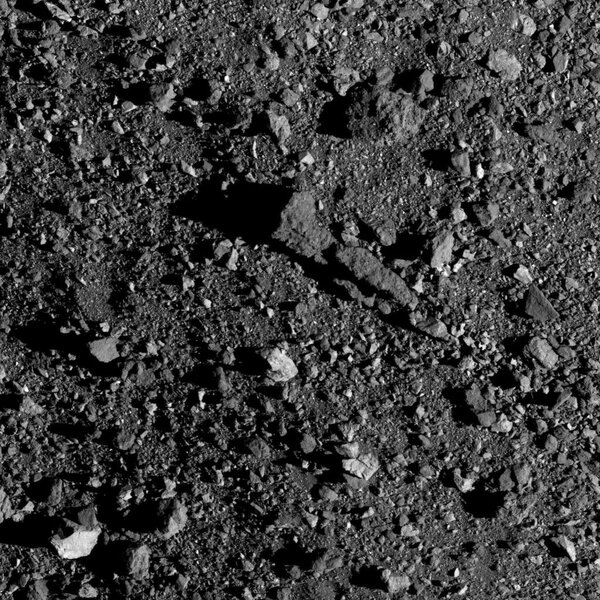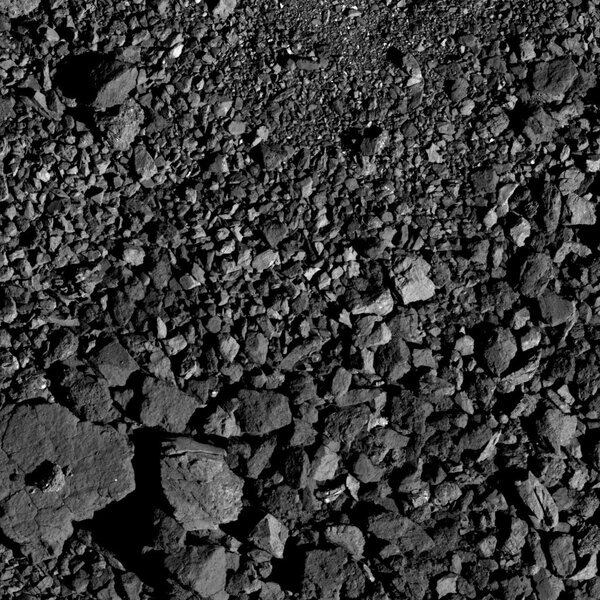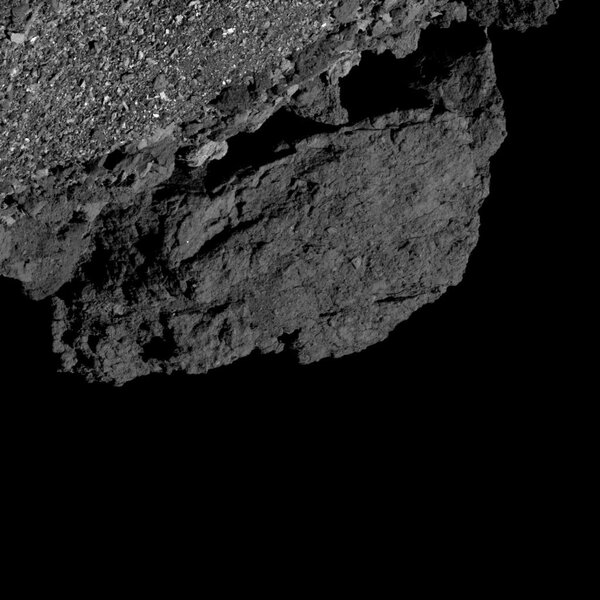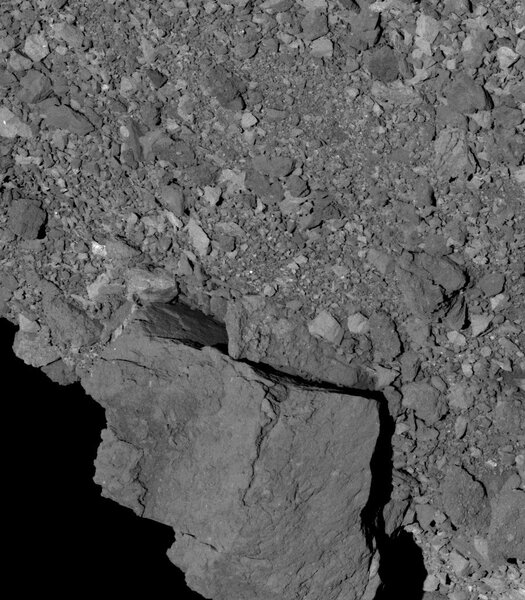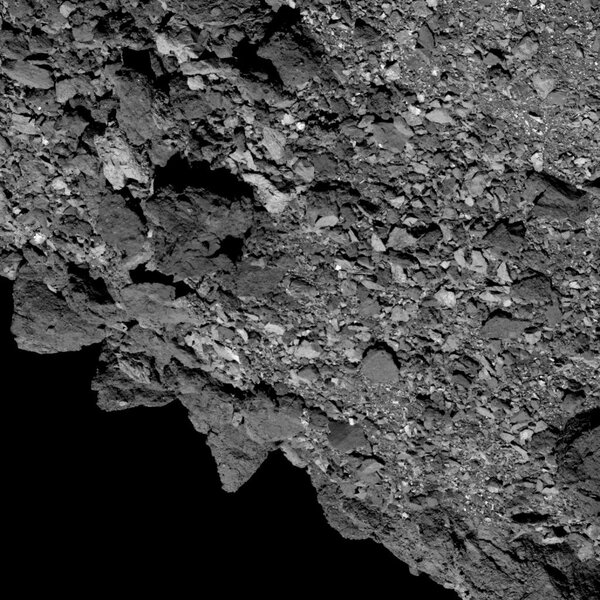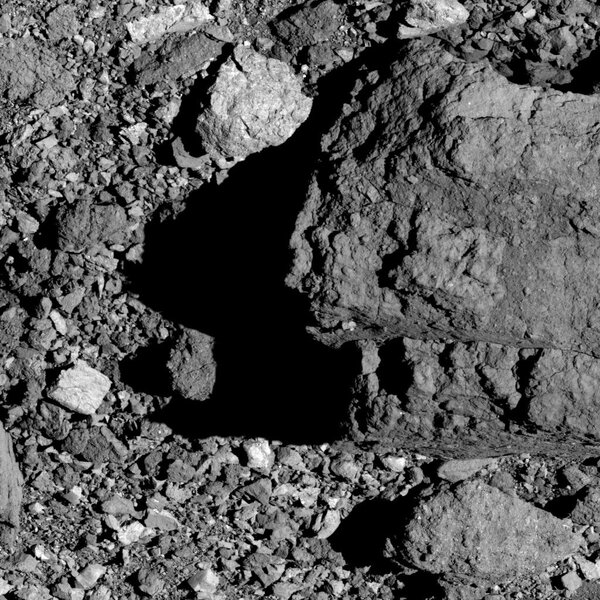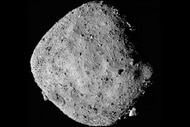Create a free profile to get unlimited access to exclusive videos, sweepstakes, and more!
What astronomers mean by 'rubble pile asteroids'
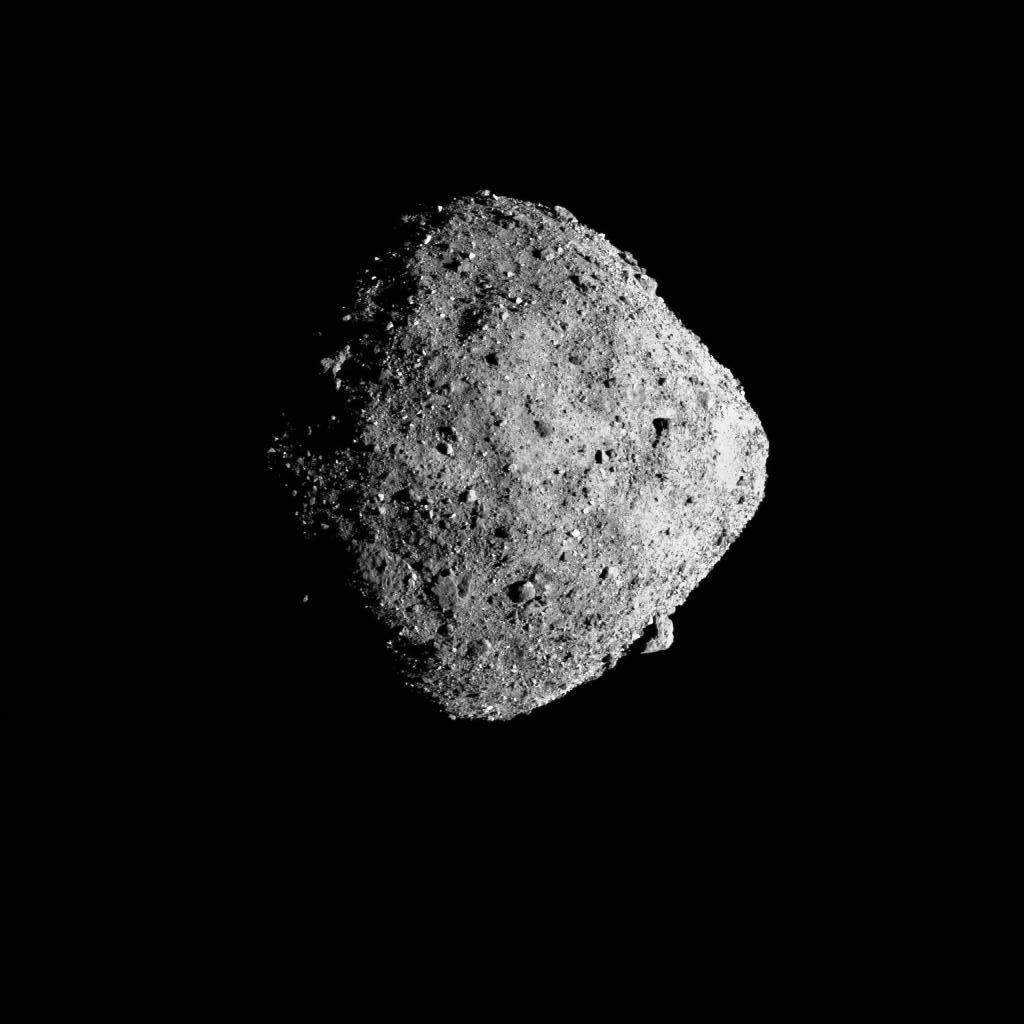
[Note: I realized a while back that astronomers use jargon that may be confusing to normal people, so I thought it would be fun to write the occasional piece defining such terms. That way y'all can understand it better, and I can link to it in later articles without having to explain myself over again. It's not just an excuse to post super-cool images of the asteroid Bennu. Not "just."]
When I was a kid, the general idea about asteroids — at least among the public — is that they were big, monolithic chunks of rock and/or metal orbiting the Sun. If you happened to come upon one in your spaceship (which happened by accident all the time thanks to movies and TV shows) it would be vaguely spherical, and covered in smooth lumps and eroded craters.
That turns out not to be the case. Maybe really big ones look a little bit like that (I'm thinking Vesta and Ceres, but really planetary scientists consider them protoplanets and not asteroids), but many, perhaps most of the smaller ones are nothing at all like that.
Take a typical chunk of asteroid in the main belt between Mars and Jupiter, an object that's a kilometer across — pretty small. Maybe it formed that size billions of years ago with everything else in the solar system, or perhaps a very large asteroid was hit by a not-quite-so-large asteroid, creating debris, including our little friend.
But what happens next? Well, it's not alone. Over the course of millions and even billions of years as it orbits the Sun, other asteroids will occasionally smack into it. In general these aren't high-speed impacts like we think of them that form big craters, like the ones we see on the Moon or Mercury. The majority of these impacts come from rocks moving on similar orbits, so the impacts are much lower in velocity, maybe a kilometer or two per second instead of ten or twenty.
That's still an energetic event! It's not catastrophic, but it is, literally, world-shattering. The shock wave from the impact travels through the asteroid, cracking it, creating fissures that can run deep below the surface. And this happens again and again, cracking and recracking the asteroid. What does it look like after, say, a billion or three years?
It looks like this. Like Bennu.
Bennu is just such a 500-meter wide asteroid*, the target of NASA’s OSIRIS-REx mission. It’s not a main belt asteroid; it orbits the Sun much closer to Earth, and it gets so close to us it’s considered to be a Potentially Hazardous Asteroid because it has a small chance of impacting us some day in the far future. However, we think many main belt asteroids are very similar to it.
Right away you can see it’s weird. The double-pyramid base-to-base shape I’ve explained before; it’s due to low gravity, rapid spin, and weak structure (as I’ll get to in a sec). But even from a distance you can see the surface isn’t at all like depicted in movies. On a large scale it’s smooth, with no craters visible at all! That’s weird.
But then when you get close up it’s a whole lot weirder. Look at the surface:
Yeah, see what I mean? That's not some smooth, mildly lumpy landscape. It’s sharp, jagged, and covered in rocks and boulders! Those are fragments of the asteroid itself, possibly created in those slow-speed impacts. They lie jumbled everywhere on the surface… and maybe Bennu is like this all the way down. Cracked, fractured, made up of nothing but boulders of all different sizes all the way through.
There’s another possibility. There’s a sweet spot for impacts, one big enough to crack it all the way through and even kick a lot of that debris away, but not quite energetic enough to totally disrupt the asteroid (that is, break it into bits that all fly away forever). In that case, the debris may stay close by, and eventually re-aggregate, coming back together. Most likely there would be a whole bunch of these kinds of impacts, closer to the lower-energy end, such that over time, again and again, the asteroid is ruptured and jostled and then recoalesces.
It would be a gigantic collection of individual rocks held together by their own (if very weak) gravity. What would you call such a thing?
Astronomers call it a rubble pile. That's pretty apt.
One image in particular from OSIRIS-REx fascinated me:
You can see how there are big rocks at the bottom of the frame, and they get progressively smaller toward the top. Geologists call this kind of pattern sorting, where some mechanism sorts the rocks by size. Sometimes that happens in floods, where small rocks are carried farther than big ones. Obviously there’s no flowing water on Bennu, but another possible mechanism could be from small impacts jolting the asteroid, causing asteroidquakes. A big pile of jumbled rubble could then collapse, and it’s possible the different sized rocks would travel different distances as they slowly rolled downhill.
I also wonder what the interior is like. There’s a process called granular segregation, sometimes called the Brazil Nut Effect: In a jar of mixed nuts, weirdly Brazil nuts, which are generally the largest, are found on top. Why? Simply put, it’s because there are gaps between the nuts, and when the can gets jostled smaller things (fragments, dust, and so on) can settle down toward the bottom, so the bigger nuts get pushed up.
We don’t see any dust on the surface of Bennu. I wonder if it's all in the interior, settled down between the cracks, while other boulders rise to the surface? It seems likely, but I’m speculating.
All this is more than just a really cool thing to know. It affects a lot about the asteroid, including how well it can take a punch. One reason you don’t see many (or any!) craters on the surface is that the asteroid is so porous that the energy from a small impact just gets absorbed into the asteroid; it displaces rocks but doesn’t create a sharp crater. Also, the very small impacts I just mentioned could, over time, cause the rocks to settle, filling in some of the gaps. Any crater won’t last terribly long on a cosmic scale.
And this knowledge is critical if we happen to see an asteroid this size on a collision trajectory with Earth. If we try to push it out of the way by hitting it with a spacecraft —a kinetic impactor — the asteroid will respond differently depending on its composition. We need to know what will happen when we whack it, so understanding how such an object behaves could literally be the difference between life and death.
So, while the term "rubble pile" may sound a little whimsical, rest assured that astronomers take it very seriously. We want to know what these things are made of out of scientific curiosity, to be sure, but there may come a day when that knowledge will fill a far more pressing role.
* CORRECTION (May 20, 2019): I originally wrote that Bennu is 1 km wide, but it is 500 meters wide (I had confused it with Ryugu, a very similar asteroid being visited by Hayabusa2). My thanks to Erin Morton, Communications Lead for the OSIRIS-REx mission, for pointing this out to me!

